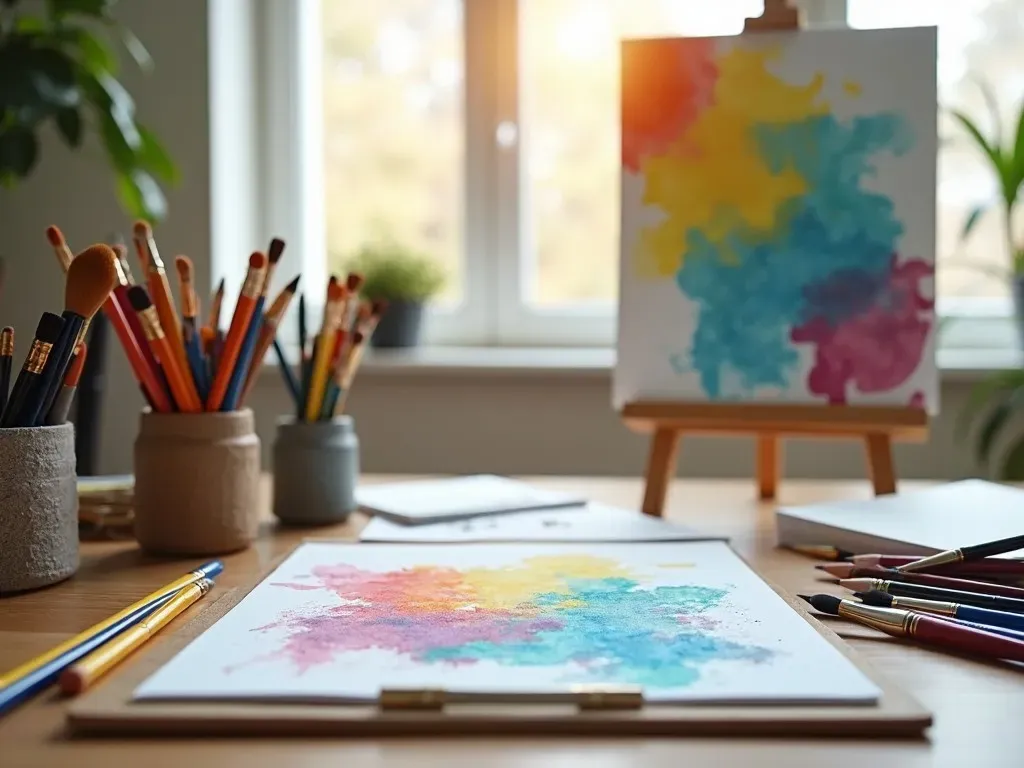When it comes to artistic expression, having the right tools can drastically make a difference in your work. High quality drawing Supplies are not just accessories; they are essential components that can elevate an artist’s craft to a new level. Whether you are a professional artist or a passionate hobbyist, investing in quality supplies can enhance your creativity, improve your skills, and allow you to create masterpieces that truly reflect your vision.
The Importance of Choosing High Quality Drawing Supplies
Artistic Performance and Product Longevity
High quality drawing supplies are designed to perform remarkably better than their cheaper counterparts. For example, a quality graphite pencil will provide smoother lines, better shading capabilities, and less breakage than a low-cost option. Similarly, professional-grade colored pencils have more vibrant pigments and superior blending capabilities.
| Type of Supply | Benefits | Average Cost Range |
|---|---|---|
| Graphite Pencils | Smooth application, consistent quality | $5 – $25 per set |
| Colored Pencils | High pigmentation, excellent blendability | $20 – $150 |
| Sketchbooks | Acid-free paper, durability, varied textures | $7 – $50 |
| Charcoal Sticks | Intense blacks, smooth blending, easy to erase | $3 – $20 per pack |
Investing in high quality materials not only ensures better results but also saves money in the long run. Lower-quality products may require frequent replacements due to breakage or poor performance.
Essential High Quality Drawing Supplies for Every Artist
Below is a breakdown of the essential supplies that every artist should consider adding to their toolkit. This list encompasses both traditional and modern materials.
-
Pencils:
- Graphite Pencils: Go for brands that offer a range of H to B grades to suit various shading needs.
- Colored Pencils: Brands like Prismacolor and Faber-Castell are user favorites.
-
Inking Supplies:
- Fine-liners: Look for archival quality liners that will not fade over time.
- Brush Pens: Offer versatility with brush-like strokes for calligraphy and drawing.
-
Paper:
- Sketchbooks: Acid-free paper prevents yellowing and degradation.
- Mixed Media Paper: Allows for various applications without tearing.
-
Erasers:
- Kneaded Erasers: Great for charcoal and graphite work.
- Vinyl Erasers: Ideal for a clean finish on pencil work.
-
Accessories:
- Blending Tools: Such as tortillons and stumps for smoother transitions in pencil drawings.
- Sharpeners: Opt for high-quality sharpeners to keep your points precise and strong.
-
Storage Solutions:
- Art Totes & Cases: To secure your supplies and keep your workspace organized.
-
Specialty Items:
- Markers: Alcohol-based markers are ideal for illustrations.
- Charcoal Pencils: They offer deep, rich darks that can’t be matched.
Top Brands for High Quality Drawing Supplies
Several brands are known for providing exceptional quality art supplies. Below is a list of some of the Best Professional Art Supplies vendors:
| Brand Name | Specialties | Website |
|---|---|---|
| Prismacolor | Colored pencils, markers | Prismacolor |
| Faber-Castell | Graphite, colored pencils, and accessories | Faber-Castell |
| Canson | Paper products | Canson |
| Strathmore | High-quality sketchbooks and pads | Strathmore |
| Winsor & Newton | Inks and watercolors | Winsor & Newton |
These brands are recognized for their commitment to quality, ensuring that your drawings can be as vivid and textured as possible.
Facts about Art Supplies and Their Usage
- 70% of artists say that high-quality supplies significantly improve their artwork.
- Artists typically spend between $100 to $300 annually on quality supplies.
- Properly maintained drawing tools can last years, warranting the initial investment.
Frequently Asked Questions (FAQ)
What defines high quality drawing supplies?
High quality drawing supplies are products that have better performance, consistencies, and longevity. They are manufactured by reputable brands that focus on the quality of materials used and the intended application.
Are high quality supplies worth the investment?
Absolutely. Investing in quality ensures that your art looks its best and can significantly reduce frustration due to product performance issues.
Where can I find high quality drawing supplies?
You can find high quality drawing supplies online at dedicated art supply stores like Jerry’s Artarama or Blick Art Materials.
How often should I replace my drawing supplies?
This largely depends on usage, but you should regularly examine the condition of your supplies and replace them when performance declines or they become unusable.
Can I find affordable high quality supplies?
Yes. While some supplies may come at a premium, discounts, sales, and bulk-buy options can help you acquire quality materials without breaking the bank. Consider looking for sets or student discounts from reputable brands.
By focusing on high quality drawing supplies, artists can fully express their creative vision, ensuring that each sketch, illustration, or painting is a true reflection of their passion and skill. Exploring reputable vendors and maintaining your tools will keep your artistic journey both enjoyable and rewarding.
